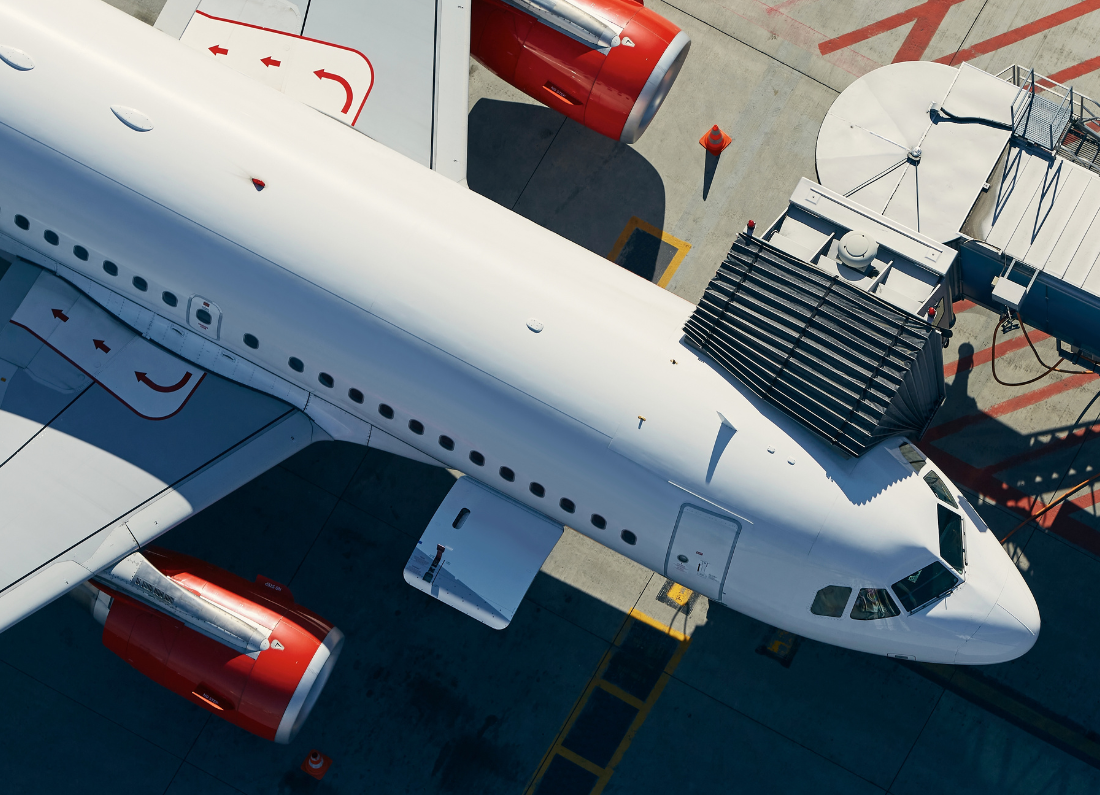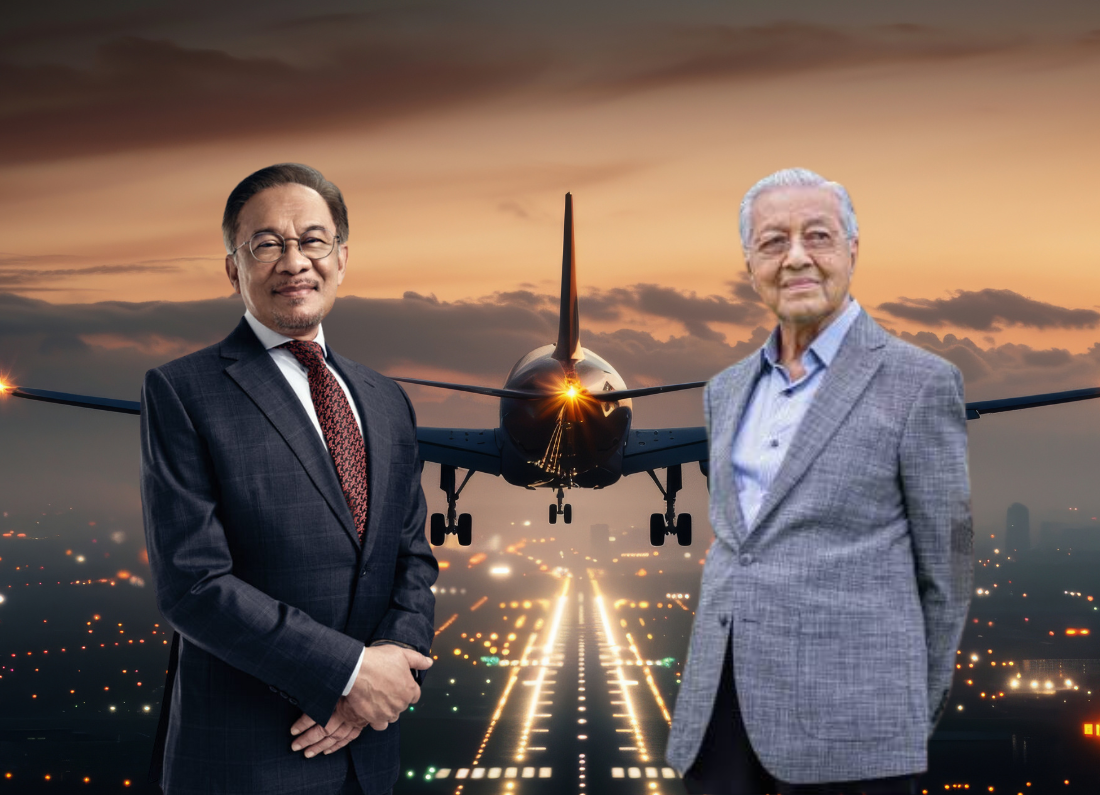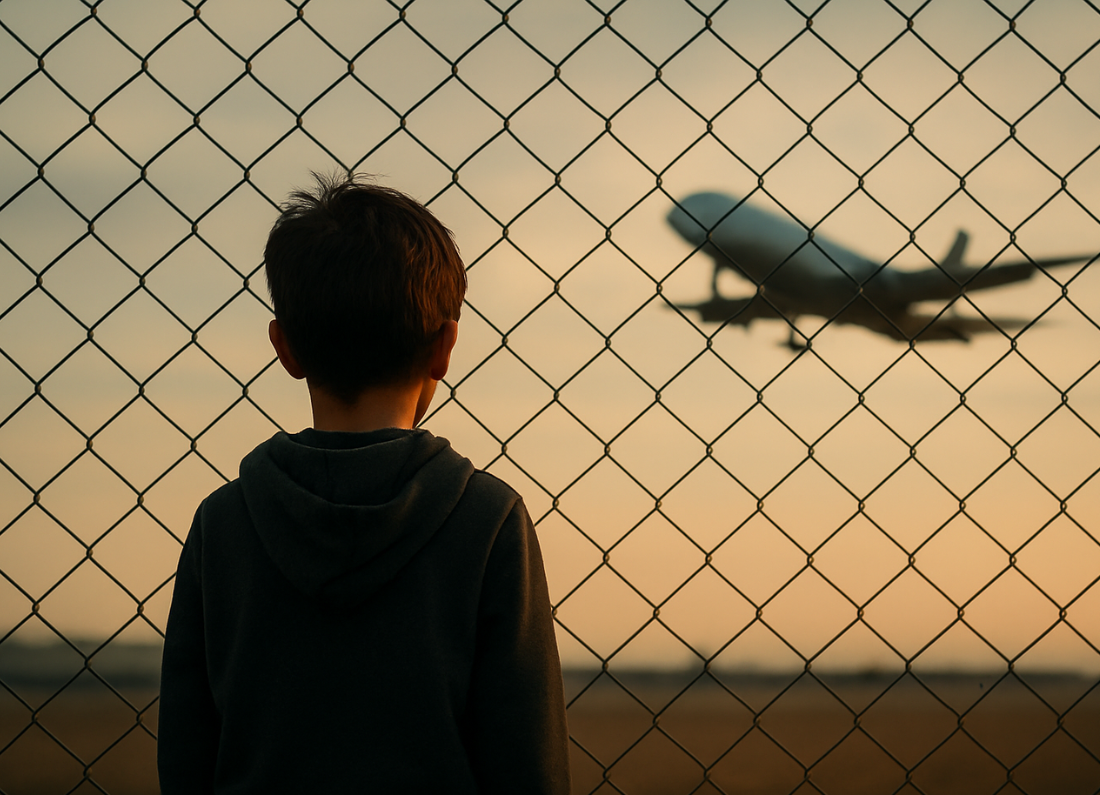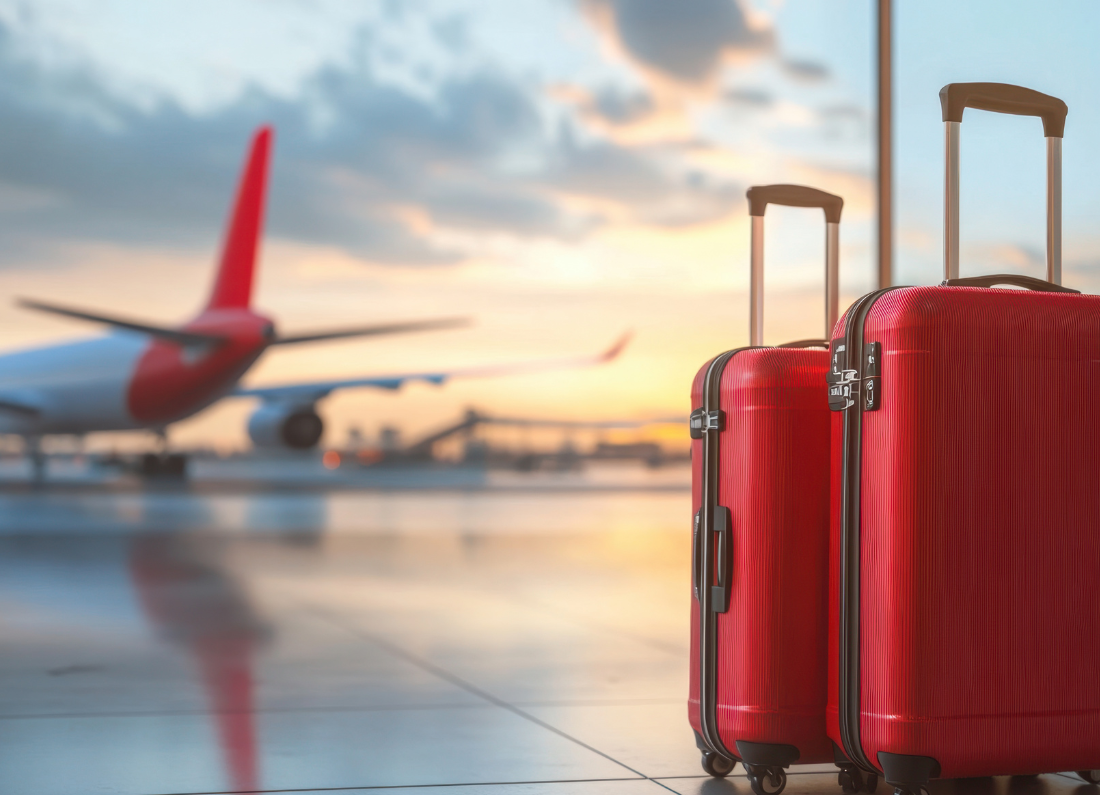In an era where air travel has become increasingly accessible, efficient, and technologically sophisticated, one fundamental truth remains unchanged: passenger safety is the paramount priority for airlines around the world. While competitive pricing, enticing in-flight entertainment options, and punctuality often dominate the headlines, it is the airlines’ continuous and unwavering commitment to safety that truly defines their reliability and trustworthiness in the eyes of travelers.
As we approach 2025, the aviation industry is poised for significant expansion. Global air traffic is rebounding robustly, fueled by a resurgence in travel demand following recent global disruptions. However, this growth presents a complex mix of opportunities and challenges. Airlines are now integrating cutting-edge technologies, such as advanced navigation systems and improved aircraft materials, while also adapting to a steadily increasing passenger volume. This surge in air travel necessitates an even higher level of vigilance and dedication to safety protocols.
From the moment passengers check in to the time they disembark, airlines must ensure that every aspect of the flight process prioritizes safety. This includes rigorous pre-flight inspections, comprehensive training for flight and ground crews, and the implementation of enhanced hygiene measures. By continuously evolving and reinforcing these safety measures, airlines can guarantee that each flight is not only an opportunity for travel but also a commitment to the well-being of every passenger on board.
The Aviation Industry’s Safety Record: A Success Story Under Pressure
Commercial aviation is widely regarded as one of the safest modes of transportation, with accident rates at historically low levels. This remarkable safety record is the result of decades of significant investments in infrastructure, rigorous regulatory oversight from authorities like the Federal Aviation Administration (FAA) and the European Union Aviation Safety Agency (EASA), groundbreaking technological advancements in aircraft design and navigation systems, and a strong, pervasive safety culture embedded within the industry.
However, the landscape of aviation is evolving, and airlines must confront several pressing challenges that threaten this hard-earned safety record. Among these challenges are:
- Increasing Air Traffic: The global demand for air travel continues to rise, resulting in greater air traffic congestion. Projections indicate that by 2030, air passenger numbers could reach over 8 billion, necessitating enhanced management of airspace to ensure safe operations.
- More Complex Airspace Management: As air traffic increases, so does the complexity of airspace management. The integration of new flight paths, drone operations, and the expansion of both commercial and private aviation require sophisticated air traffic control solutions to prevent incidents and ensure smooth operations.
- Emerging Threats such as Cybersecurity Risks: With the growing reliance on digital systems, the aviation industry faces emerging cybersecurity threats that could compromise vital operational and safety systems. Airlines must invest in robust cybersecurity measures to protect against potential attacks that could endanger passengers and flights.
- Ongoing Pilot Shortages and Ground Staff Challenges: The industry is experiencing a significant shortage of qualified pilots, exacerbated by the effects of the COVID-19 pandemic, which led to early retirements and reduced training opportunities. Additionally, ground staff shortages can affect operations and maintenance, creating further challenges in achieving optimal safety standards.
To navigate these complexities, airlines must remain vigilant and proactive, continually adapting their strategies and investing in technology, training, and operational protocols to maintain and improve the high safety standards that passengers expect.
Key Areas Airlines Must Focus On to Enhance Passenger Safety
1. Aircraft Maintenance and Inspections
Proper maintenance is the foundation of flight safety. Airlines must:
✅ Follow rigorous, scheduled maintenance protocols
✅ Use certified Maintenance, Repair & Overhaul (MRO) providers
✅ Embrace predictive maintenance technologies to identify issues early
✅ Ensure spare parts meet approved standards
Cutting corners on maintenance can have catastrophic consequences.
2. Pilot Training and Competency
Highly trained, well-rested pilots are critical to passenger safety. Airlines should:
✅ Invest in simulator-based training for emergencies and complex scenarios
✅ Prioritize continuous learning and skill refreshment
✅ Ensure pilots are fit for duty and not overworked
✅ Encourage a strong safety and reporting culture within flight crews
Modern aircraft automation helps, but nothing replaces human decision-making in critical moments.
3. Cabin Crew Emergency Preparedness
Cabin crews are the first line of defense in an onboard emergency. Airlines must:
✅ Provide comprehensive safety and first-aid training
✅ Conduct regular drills for evacuation, fire response, and medical incidents
✅ Empower crew members to take swift, decisive action for passenger safety
Often, cabin crew actions determine the outcome in emergency situations.
4. Operational Risk Management
Airlines must have robust systems to assess and mitigate risks, including:
- Weather-related threats
- Technical malfunctions
- Security concerns
- Human factors and fatigue management
A proactive, data-driven approach to risk management prevents accidents before they occur.
5. Cybersecurity and IT Infrastructure
In the digital age, safety extends beyond physical aircraft. Airlines need to safeguard:
✅ Reservation and operational systems
✅ Aircraft communication and navigation networks
✅ Passenger data security
A cyberattack can jeopardize operational safety, making robust IT security essential.
Building Passenger Trust Through Visible Safety Measures
Passengers today are more aware of safety than ever. Airlines can build trust by:
- Communicating safety procedures clearly during flights
- Being transparent about safety records and certifications
- Maintaining aircraft cleanliness and visible maintenance standards
- Ensuring timely handling of technical issues, even at the cost of delays
Safety delays may frustrate some, but they signal a company’s commitment to protecting its passengers.
For airlines, safety transcends mere regulatory obligation; it is a fundamental business imperative woven into the very fabric of their identity. The reputation of an airline, the loyalty of its customers, and its prospects for long-term success hinge upon a steadfast commitment to protecting passengers at every turn.
In a rapidly evolving global air travel landscape, airlines that embrace safety as the cornerstone of their operations will rise to prominence—not only by averting potential disasters but also by cultivating unwavering trust and confidence among travelers around the world.
When passengers step aboard an aircraft, they place their lives in the hands of the airline. This profound trust must be earned with each journey, fostered by an unwavering dedication to safety that echoes throughout every level of the organization.
















